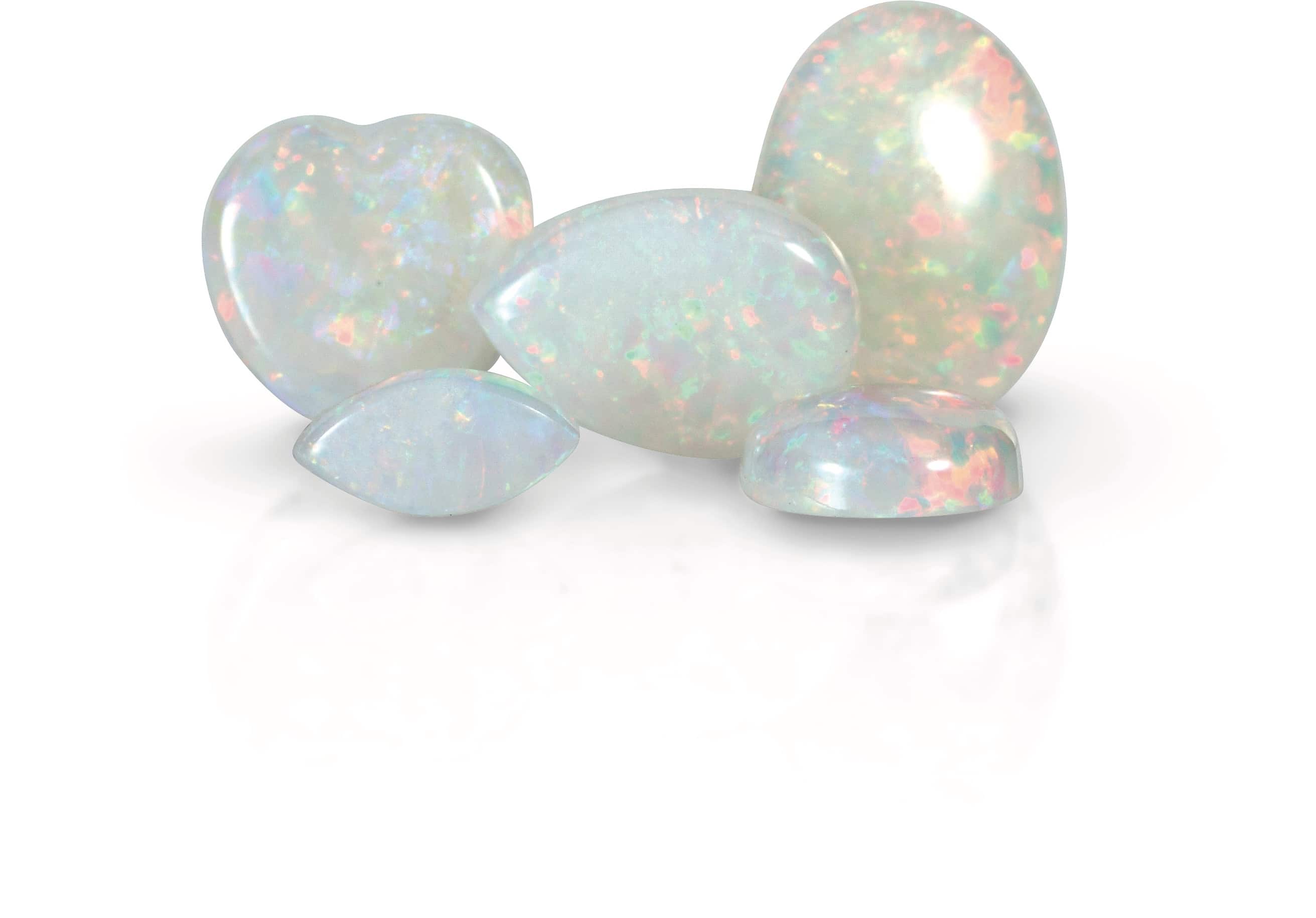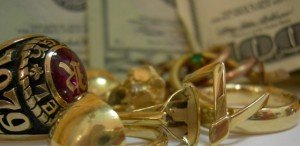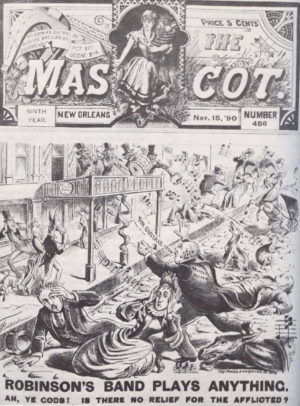It is spooky season and that means it is the month of the opal and tourmaline. October babies get to choose which gemstone speaks to them. Both are vibrant with an array of sparkling colors.
Opal is found mainly in Australia. Seasonal rains in the outback cause waters to soak in underground rock. This causes dissolved silica (compounds of silica and oxygen) to move downward. The water then evaporates, leaving solid deposits of silica behind in the cracks of rocks. Silica then forms opal. There are two categories of opals, precious and common. To be a precious opal, the stone must have colors called Play-of-color. There are many types of opal. White opal is translucent or semi-translucent with play-of-color. Black opal is translucent or opaque with play-of-color. Fire opal is transparent or translucent with no play-of-color, also known as Mexican fire. Boulder opal is translucent or opaque with play-of-color, rock fragments become part of the finished piece. Crystal/Water opal is transparent or semi clear, this opal has the best play-of-color.
Opals are a magical gemstone. An Arabic legend tells the story of how opals fell from the sky in lightning bolts. But Australian aborigines believed the creator of opals came down a rainbow leaving the colorful stone where his feet hit the ground. Opals were believed to be lucky, during the Middle Ages opals were said to possess the powers of every stone it cast a color of. The luck of the opal was then fired down when Sir Waltr Scott wrote the book Anne of Geirstein. It was the story of an enchanted princess who had an opal that changed colors with her mood. The opal was touched with holy water and lost its powers. The princess died soon after. This story caused opals to be associated with bad luck. When Australia found abundant deposits of opal the gemstone was once again lucky.
Another October birthstone is tourmaline. Tourmaline can be identified from its chemical properties. The gemstone shares a complex system of silicon, aluminum, and boron. Tourmaline’s chemical composition determines what species it is. The different species are, elbaite, liddicoatite, dravite, uvite, and schorl. Tourmaline has a wide variety of colors, more than any other gemstone. Rubellite is pink, red, purplish red, orangy red, or brownish red. Indicolite is dark violet blue, blue, or greenish blue. Paraiba is a vibrant violet blue, greenish blue, blue from Brazil. Chrone tourmaline is vibrant green. Parti-colored is multi colored, mainly seen as pink and green. Watermelon tourmaline is pink with green around the outside.
It is believed from an Egyptian legend that tourmaline got its color from passing through a rainbow on a journey up from the center of the Earth. Tourmaline is said to have healing powers. It is known as the “receptive stone”, meaning it is soothing, calming, and magnetic. It also promotes meditation, spirituality, wisdom, and mysticism. Tourmaline was valued by alchemists, and believed to be related to the philosophers stone because of its pyroelectric effect. Tourmaline was a substance that granted enlightenment, gave power over spiritual affairs, reconcile opposites, and turn base metal into gold. In Africa, tribes use them to protect against danger.
Opal and tourmaline are very powerful and colorful gemstones. If you need some luck try wearing an opal and if you need soothing and wisdom try a tourmaline. At Anne Dale Jewellers, we have high quality stones that are sure to catch eyes. Come on down to harvest in the luck of our opals and calming effects of tourmaline.
Author: energy0m






